Protein skimmers are the hidden angels of marine aquariums, unobtrusively maintaining water purity by eliminating organic waste. Tuning them, however, is essential to unleashing their potential. But if they aren’t properly calibrated, their efficiency sinks, with your tank’s well-being in peril. Understanding this fine balance between nutrient levels and skimmer settings is important to getting peak performance.
Content Table
But the problem is the absence of guidance on how to get the most out of the machines after we clear what a protein skimmer does. It isn’t just about making foam; it is about making the kind of foam designed for your own tank’s level of waste. Just like tuning a car engine, one crucial adjustment is an air-to-fuel ratio.
Let’s turn our attention to the art of tuning protein skimmers for healthy aquariums.
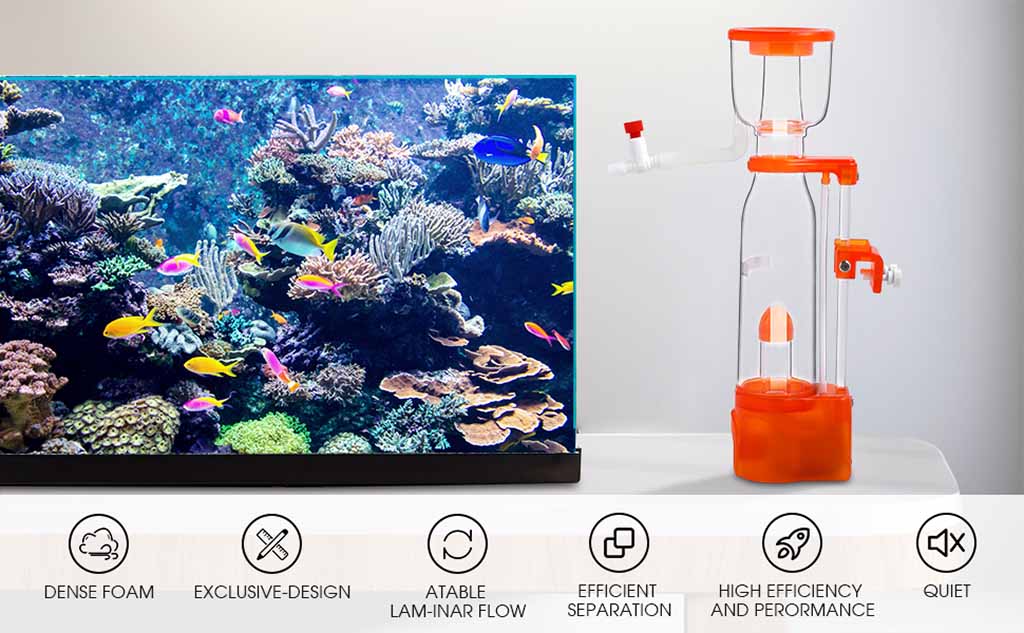
What Does a Protein Skimmer Do in Tanks
A protein skimmer is an indispensable piece of equipment in a marine aquarium. Its primary function is to separate organic compounds-proteins and other waste materials from the water. These organic compounds can cause contamination of the water and toxins will accumulate in the tank.
The reaction chamber is filled with a column of air bubbles by the protein skimmer. Water passing through this chamber sticks the natural compounds to the surface of air bubbles. The bubbles finally swim to the chamber’s top, taking the waste substances with them. The waste is then saved in a collection cup, that may without difficulty be emptied and cleaned.
In this way, the protein skimmer eliminates those organic compounds from the tank, allowing the marine existence to stay in a wholesome, stable environment. It allows for lowering the nutrient content material inside the water, which, in flip, can inhibit the boom of noxious algae and encourage the boom of proper organisms along with corals and different invertebrates.
As properly as assisting the water, a protein skimmer may also assist the water’s readability and appearance. It can eliminate particles and other impurities which could cloud or discolor the water. Not only does this make the aquarium extra attractive to the eye, but it also presents an extra herbal-searching and visually eye-catching environment for the marine creatures.
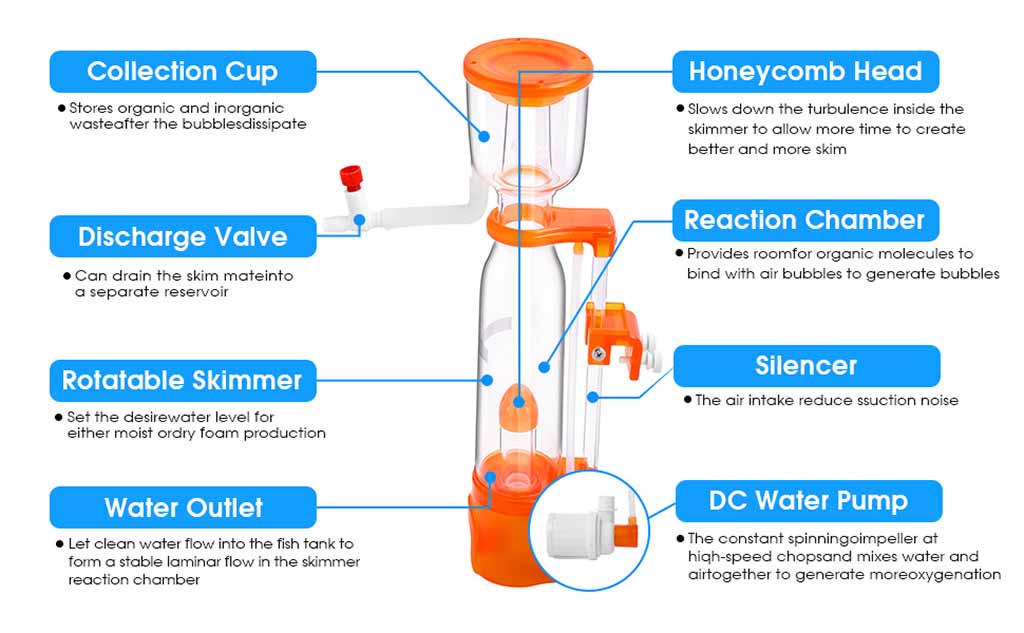
How Does a Protein Skimmer Work in Reef Tanks
Protein skimmers, or foam fractionators, are indispensable equipment in reef tanks for maintaining water quality. They are also important in eliminating organic compounds and dissolved proteins which can pollute the aquarium water. To maintain a healthy and thriving aquatic environment, reef tank enthusiasts should understand how protein skimmers work.
Function of a Protein Skimmer
Protein skimmers are based on air-water interaction and remove organic compounds from the water column. By injecting fine bubbles into the aquarium, they stir up a frothy mixture of air and water, foam or skimmed.
The Role of Bubbles
Injecting the bubbles into the water column, they rise and attract and bind with dissolved organic compounds. These compounds include surplus food, fish offal, and other decaying materials that affect water quality. Rising bubbles form a froth layer at the top of the skimmer chamber.
Collection Cup
The liquid containing the organic compounds is collected in a special container of its own, called the collection cup. The collection cup is usually located above the skimmer chamber and allows the waste to be easily removed.
Adjusting and Maintaining the Skimmer
Changes may be needed to optimize the performance of a protein skimmer. Different reef tanks have different needs. This involves adjusting the air-to-water ratio, changing the bubble size, or varying the water level in the skimmer chamber. Proper cleaning of skimmer components, and water parameter monitoring are all important in maintaining its optimum performance.
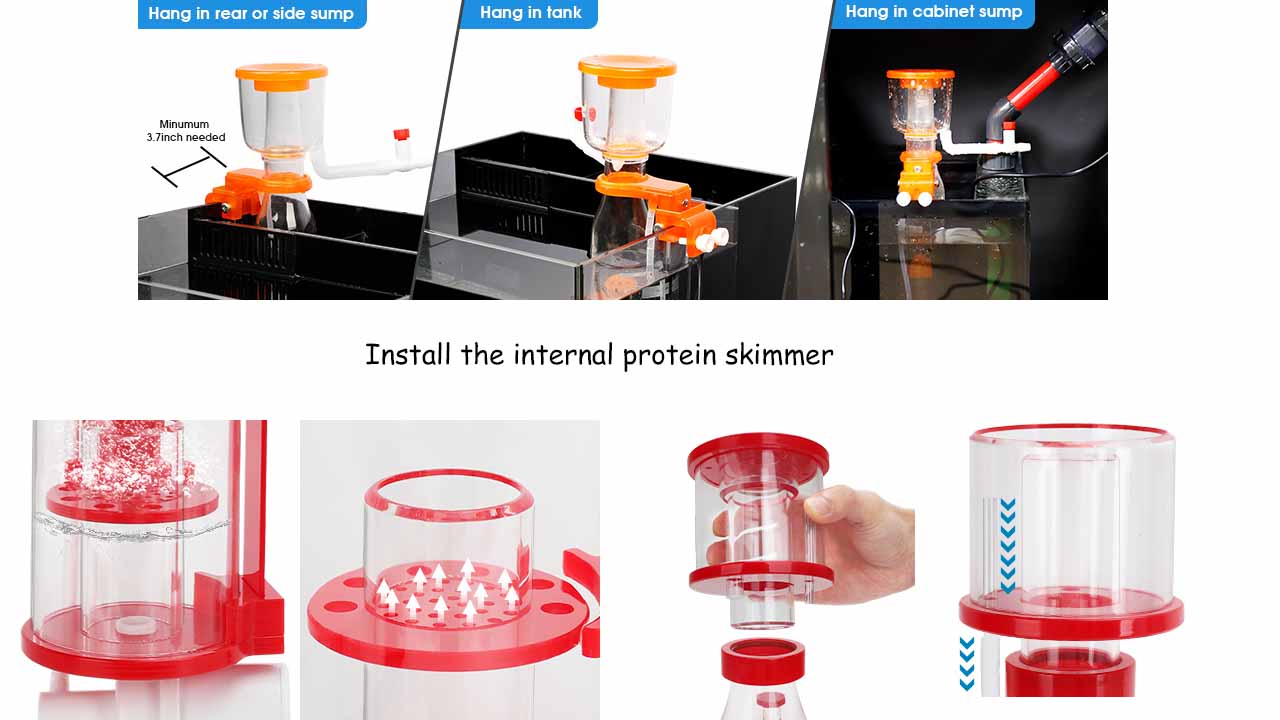
Can We Put a Protein Skimmer Inside the Tank?
Whether you can put a protein skimmer inside a tank depends on its design and size. Because organic compounds and excess nutrients build up in marine aquariums, skimmers are often used to remove them, helping to maintain water quality and thus avoiding problems such as algal blooms.
However, different tank setups require different kinds of skimmers. For example, there are nano skimmers like the Internal Mini Protein for nano tanks. These slick little marvels fit into the back filtration compartments of all-in-one fish tanks, performing tidy, discreet work.
Moreover, there are some models, such as the Internal Protein Skimmer, which gracefully display inside the tank. This versatility is tailored to suit specific tank designs, supplying effective waste removal without compromising the aesthetics of the aquarium arrangement.
The Best Way to Tune the Protein Skimmer
Calibration Process
- Initial Setup: After installation, please follow the manufacturer’s instructions to install the skimmer. Place securely within the tank, assuring water circulation as well as room for accumulation of foam.
- Adjusting Water Level: Test different water levels in the skimmer body. A reduced water level makes skimming more intense but runs the risk of creating too many micro-bubbles. At a higher level, efficiency may be compromised. Adjust this level little by little, until you get it just right.
- Air Intake: Adjust the air intake valve to set the amount of air introduced into the skimmer. Adjust gradually, with a period between adjustments to observe the effects on foam production.
- Collection Cup: Monitor and empty the collection cup frequently. Knowledge of the accumulation rate aids in evaluating the efficiency of the skimmer and can be used for fine-tuning.
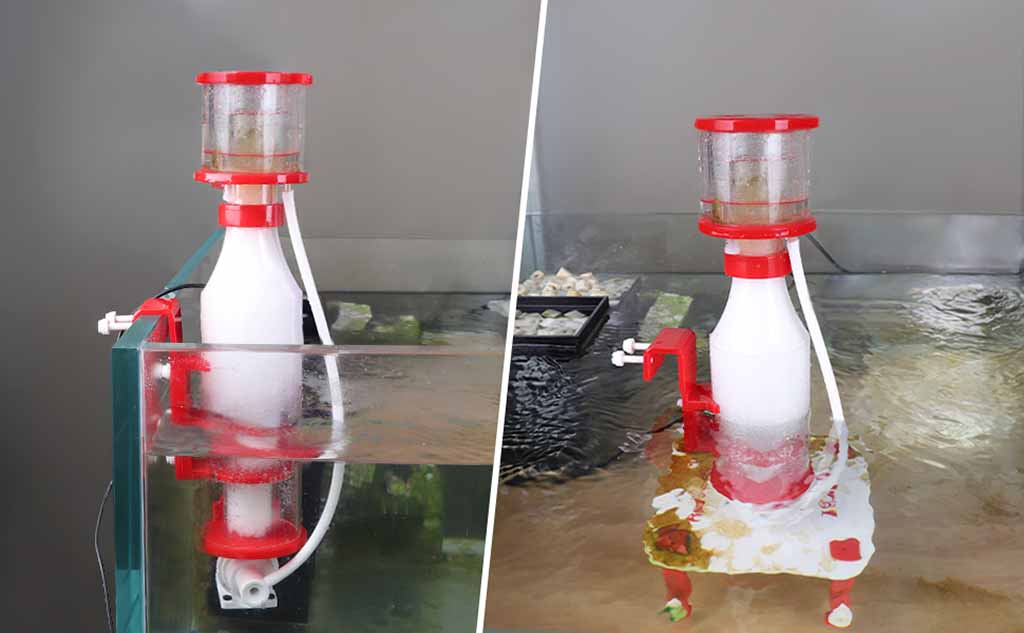
Monitoring and Tweaking
- Observation: See how the skimmer performs with time. Check the consistency, the quantity, and the clarity of water leaving the skimmer.
- Reaction to Changes: Anything that changes the bio-load, feeding habits, or water chemistry will affect skimmer performance. Adjust settings to suit.
Tips for Effective Tuning
- Patience is Key
Skimmer tuning is a step-by-step process. It’s better to make small adjustments over a long period than sudden changes.
- Keep Records
Keep a journal of changes made and their effects. This record can serve as a reference for future adjustments.
- Regular Maintenance
Regularly clean the skimmer, and make sure all components are clear of debris. A well-oiled machine is a more steady performer.
- Seek Community Insights
Discuss with other aquarists or communities for advice and experiences. Sometimes collective wisdom can turn up thoughts that weren’t obvious at first.
End of the Line
Protein skimmers are the unsung heroes of marine aquariums, vital for keeping water purity. Tuning them is an art that requires persistence and meticulous observation. By understanding the sensitive stability among adjustments and tank-precise wishes, aquarists can unharness the full ability of these machines. With proper calibration and constant tracking, those gadgets can successfully dispose of organic waste, making sure of a healthy, thriving environment for marine life.
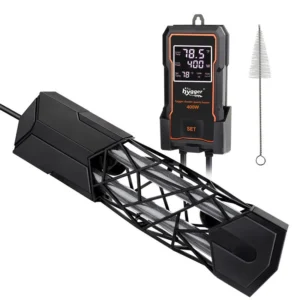
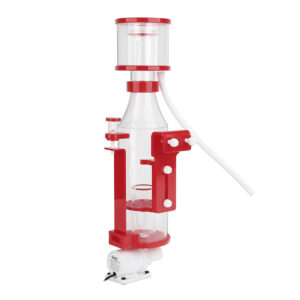
Leave a comment